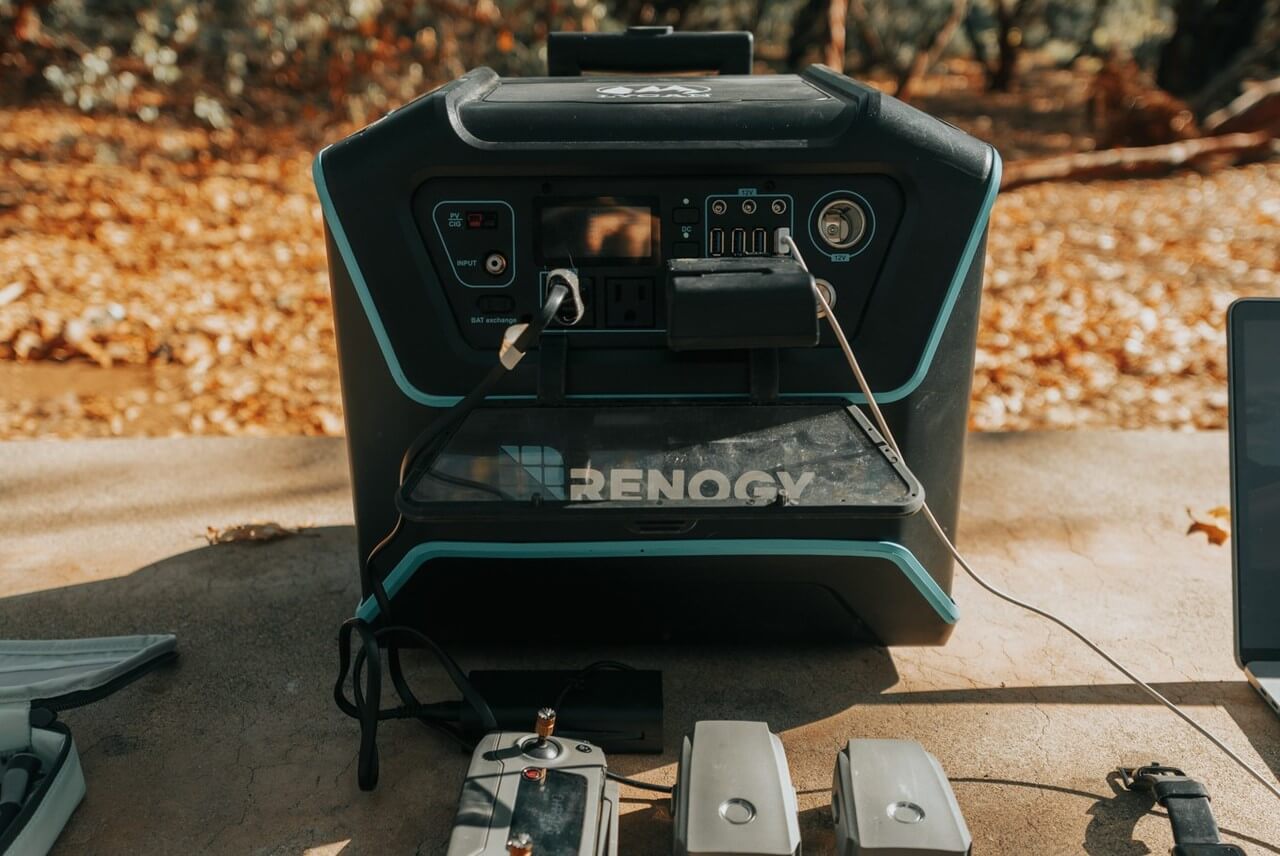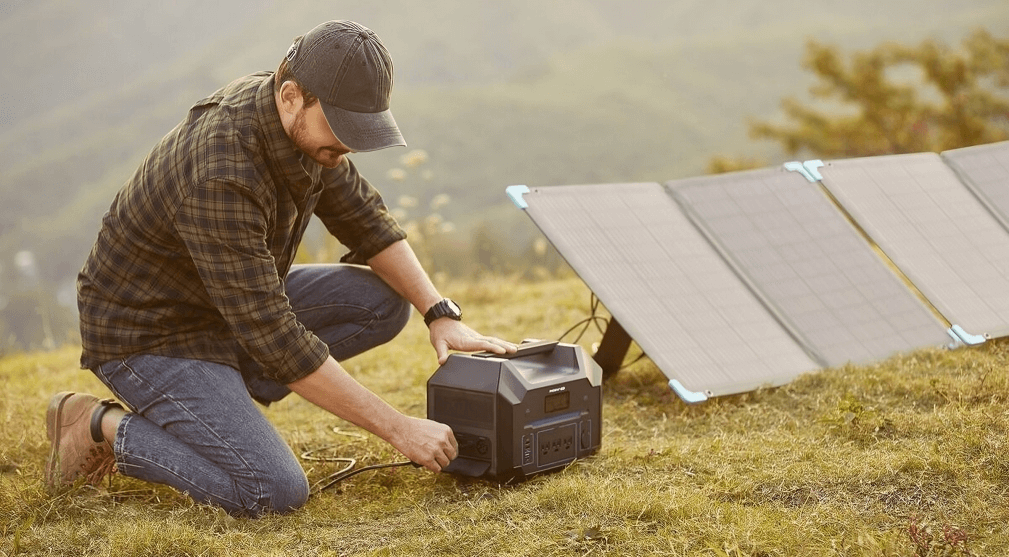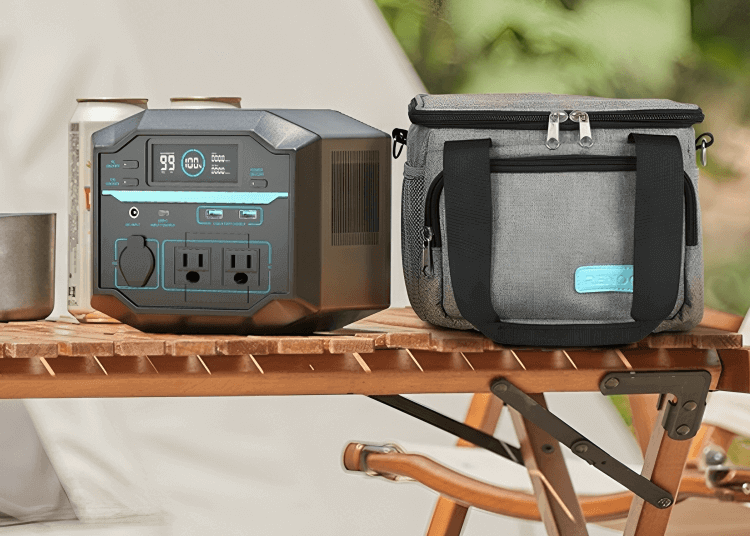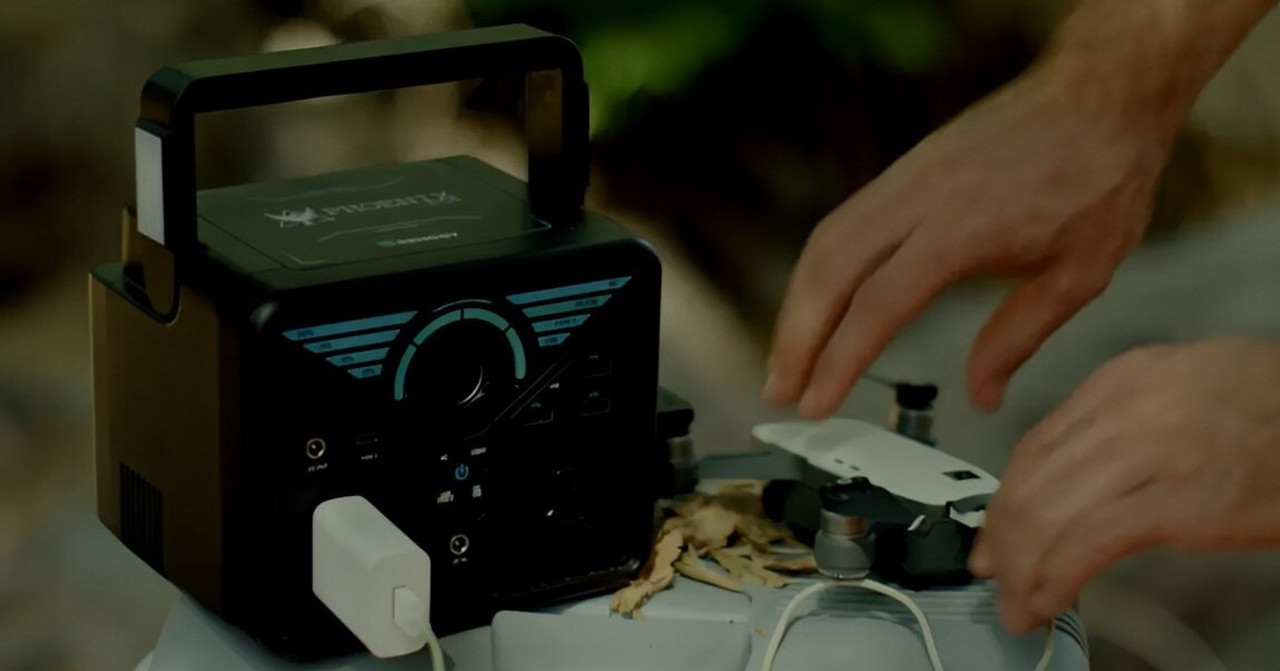Solar Power Generators 101: Everything You Need to Know
Solar power generators are revolutionizing how we think about portable energy. These innovative devices harness the sun's rays to provide clean, renewable electricity for various applications. From powering homes during outages to energizing outdoor adventures, solar generators offer a versatile and eco-friendly alternative to traditional fuel-based options. This guide explores the ins and outs of solar power systems, including how they work, their benefits, and key factors to consider when choosing one. Whether you're a sustainability enthusiast or simply curious about solar energy, dive into the world of solar power generators and discover how this technology is shaping our energy future.

What is a solar power generator?
A solar power generator is a portable power station that uses solar panels to convert sunlight into electricity and store it in a battery. Unlike traditional generators that rely on fossil fuels, these eco-friendly devices harness the power of the sun to provide clean, renewable energy. Solar generators are well-liked for use as emergency backup power and for sailing, RVing, and camping excursions.
At its core, a solar power generator consists of three main components:
- Solar Panels: Photovoltaic panels, often known as solar panels, capture sunlight and convert it into direct current (DC) electricity.
- Battery: The generated electricity is stored in a battery for later use, allowing you to power devices even when the sun isn't shining.
- Inverter: This critical component turns stored DC electricity into alternating current (AC), which is the power source for most household equipment.
One of the key advantages of a solar powered generator is its ability to produce electricity indefinitely, as long as there's sunlight available. This makes them suitable for off-grid living, disaster preparedness, and minimizing dependency on conventional power grids. From small portable units perfect for camping trips to large systems capable of powering an entire home during outages, solar power generators offer a flexible and environmentally friendly solution to your energy needs.
How does a solar power generator work?
Solar generators work by capturing solar energy through solar panels, converting it into usable electrical energy through converters, storing it in solar batteries, and then distributing it to power various devices. Understanding how solar power is generated and how it produces electricity is key to grasping the full potential of these innovative devices.
Solar Energy Capture
Solar power is generated through a process called the photoelectric effect, which occurs when sunlight hits photovoltaic (PV) cells in solar panels. The basic idea underlying the conversion of solar energy is this process, which is referred to as the photovoltaic effect.
Energy Conversion
The electricity generated by the solar panels is in the form of direct current (DC). The inverter in the solar power generator converts direct current into alternating current (AC), which is required by most household appliances, making it usable in a variety of devices.
Energy Storage
Not all the energy produced is used immediately. Excess electricity is stored in the battery of the solar power generator. This storage capability is crucial, allowing you to use the generated power even when the sun isn't shining, such as at night or on cloudy days.
Power Distribution
When you plug a device into your solar powered generator, it draws the stored energy from the battery. The generator's control panel regulates this process, ensuring a steady and safe power supply to your devices.

How to build a solar power generator?
Building your own portable solar power generator can be a rewarding project that provides clean, renewable energy. The steps involved in creating a DIY solar power station:
Step 1: Plan Your System Determine your power needs and choose components accordingly. Consider the size of your solar panel(s) and battery capacity based on your energy requirements.
Step 2: Connect the Solar Panel Attach the solar panel to the charge controller. This component regulates the voltage and current coming from the panels to the battery.
Step 3: Install the Battery Connect the charge controller to your deep cycle battery. This is where the energy from your portable solar power generator will be stored.
Step 4: Add the Inverter Connect the battery to the power inverter. This device converts the DC power from the battery into AC power for your appliances.
Step 5: Assemble the Casing House all components in a sturdy, weatherproof case to protect your DIY solar power station from the elements.
Step 6: Test Your System Ensure all connections are secure, then test your portable solar power generator under various conditions.
How much does a solar power generator cost?
If you've ever endured an extended power outage, you know how valuable a dependable backup generator is. However, for most of us, buying a dependable generator is a big expenditure. Here, we'll look at several common solar generator costs and the factors that determine them to help you decide which one is best for your needs.
A typical portable solar power generator setup might range from $900 to $3600. Building a DIY solar power station can be more cost-effective, with expenses ranging from $630 to $3000, depending on the components chosen.
Factors influencing the cost of a solar power generator
Several factors affect the overall cost of a solar power generator:
Capacity and Power Output:
The capacity of a solar power generator, typically measured in watt-hours (Wh) or kilowatt-hours (kWh), determines how much energy it can store and provide. Higher capacity generators generally cost more. For example, a small portable solar power generator with a capacity of 500Wh might cost around $500, while a larger one with a capacity of 2000Wh could be priced upwards of $2000.
Type and Quality of Solar Panels:
The type of solar panels you choose, whether monocrystalline or polycrystalline, affects the price. Monocrystalline panels are more efficient and usually more expensive. High-quality panels with better efficiency and durability will increase the overall cost but offer better long-term performance.
Battery Type:
The type of battery used in the generator plays a significant role in pricing. Lithium-ion batteries are more expensive but offer longer lifespans and better performance compared to lead-acid batteries. A solar power generator with a lithium-ion battery might cost between $800 and $3000, depending on its capacity and brand.
Inverter and Additional Components:
Inverters convert the DC power generated by solar panels into AC power used by most household appliances. Higher quality inverters with better efficiency can increase the cost. Additional components like charge controllers, mounting systems, and wiring also contribute to the overall price.
What is the best solar powered generator?
Choosing the best solar powered generator can be challenging with the variety of options available. When evaluating generators, key factors to consider include capacity, portability, efficiency, and overall reliability. After thorough research, we recommend the Renogy Portable Solar Power Generator as the top choice.

Why Renogy Portable Solar Power Generator?
- High Efficiency and Reliability: Renogy is renowned for its high-quality solar products. The Renogy Portable Solar Power Generator is equipped with advanced monocrystalline panels, which provide superior efficiency and performance even in low-light conditions.
- Robust Battery Capacity: This generator comes with a powerful lithium-ion battery, offering ample storage capacity for various needs. Whether you're camping, experiencing a power outage, or setting up a DIY solar power station, the Renogy generator delivers reliable power.
- Portability and Convenience: Designed with portability in mind, the Renogy generator is compact and lightweight, making it easy to transport and set up wherever you need it. Its user-friendly design includes a clear display and multiple output ports for versatile use.
- Durability and Warranty: Built to withstand harsh conditions, the Renogy Portable Solar Power Generator is both durable and long-lasting. Additionally, Renogy provides an excellent warranty and customer support, ensuring peace of mind with your investment.
Conclusion
One of the biggest selling points of solar power generators is the peace of mind they provide in an emergency. Are you prepared for an emergency? Even if the grid goes out, you can rest easy knowing that when the sun is up, you can still power your devices and appliances and run them with your solar generator.
Renogy is the best power solution for DIY off-grid projects. Our products range from solar panels to other necessary components such as charge controllers, 12v lithium-ion batteries, pure sine wave inverters, and connecting wires.
FAQs about solar power generator
1. Can a solar generator power a house?
A solar generator can power essential appliances in a house during outages, but its capacity depends on the generator's size and the home's energy needs. Larger solar power generators with higher watt-hour (Wh) capacities can handle more devices. However, for continuous power supply to an entire house, multiple units or a hybrid system with grid power may be necessary.
2. Are solar powered generators any good?
Yes, solar powered generators are excellent for providing clean, renewable energy. They are quiet, eco-friendly, and require minimal maintenance compared to traditional generators. Solar generators are ideal for emergency backup power, camping, and outdoor activities. High-quality models like the Renogy Portable Solar Power Generator offer reliable performance and versatility, making them a valuable investment for various energy needs.
3. Can a solar generator power an air conditioner?
A solar generator can power an air conditioner, but it depends on the generator's capacity and the AC unit's power requirements. Air conditioners typically require significant power, so a high-capacity solar generator, such as those with 2000Wh or more, is needed. Ensure the generator's inverter can handle the startup surge of the AC to avoid overloading.
4. How long will a solar generator power a refrigerator?
The duration a solar generator can power a refrigerator depends on the generator's capacity and the fridge's energy consumption. For example, a 1000Wh solar generator can power a standard refrigerator (about 150-200 watts) for approximately 5-6 hours. Energy-efficient refrigerators and larger capacity generators can extend this runtime, making it crucial to match the generator's capacity to the appliance's needs.











